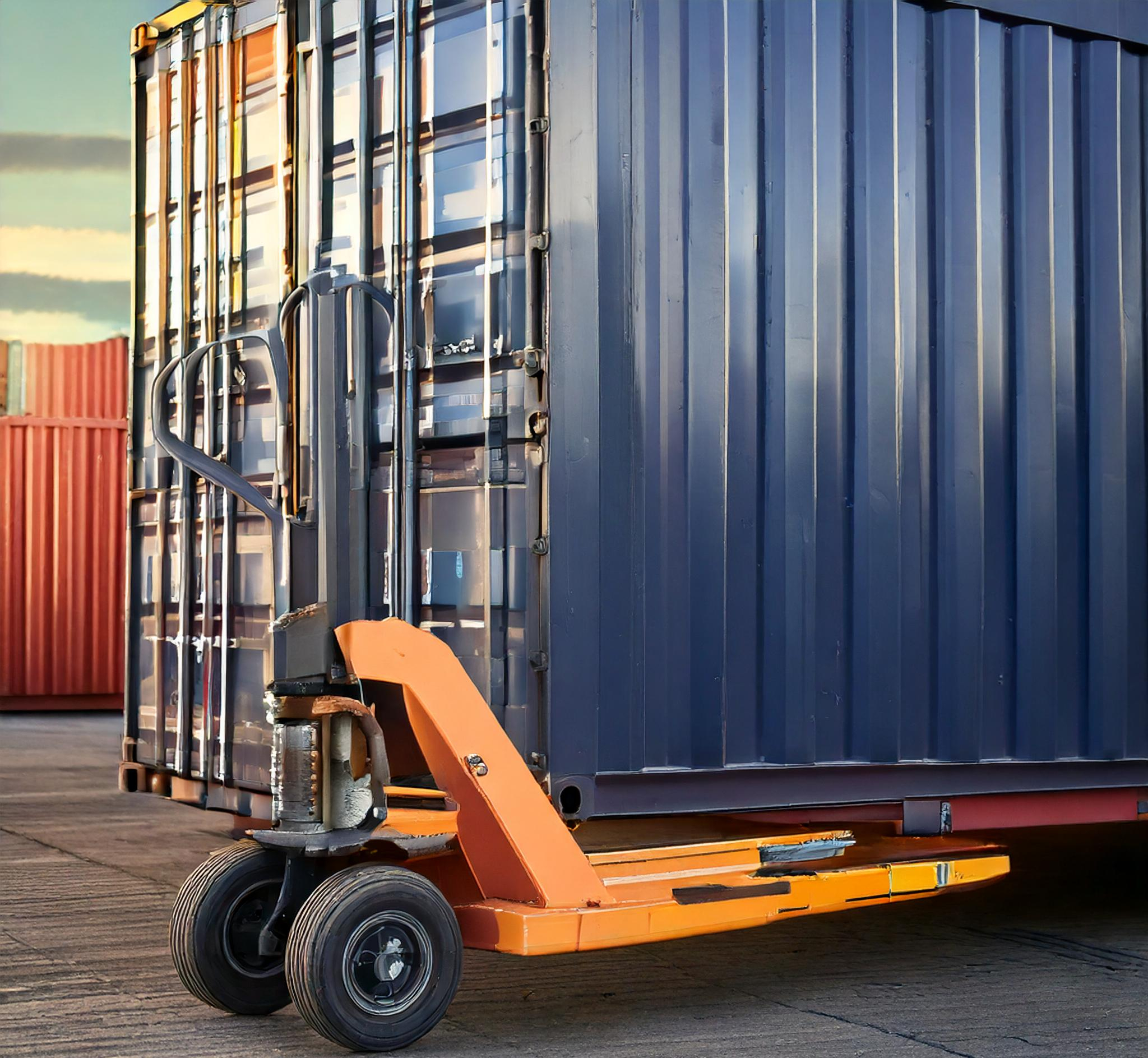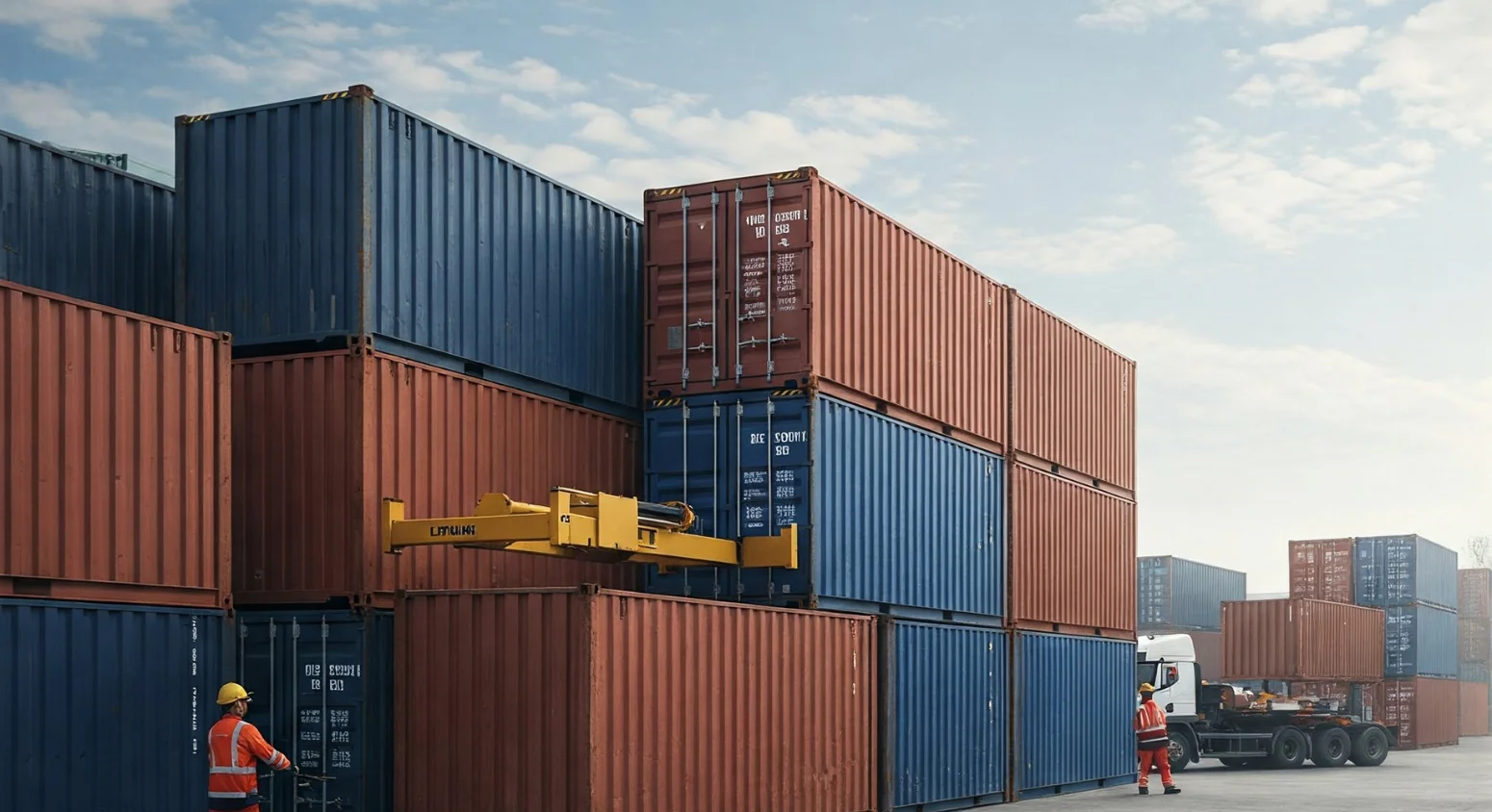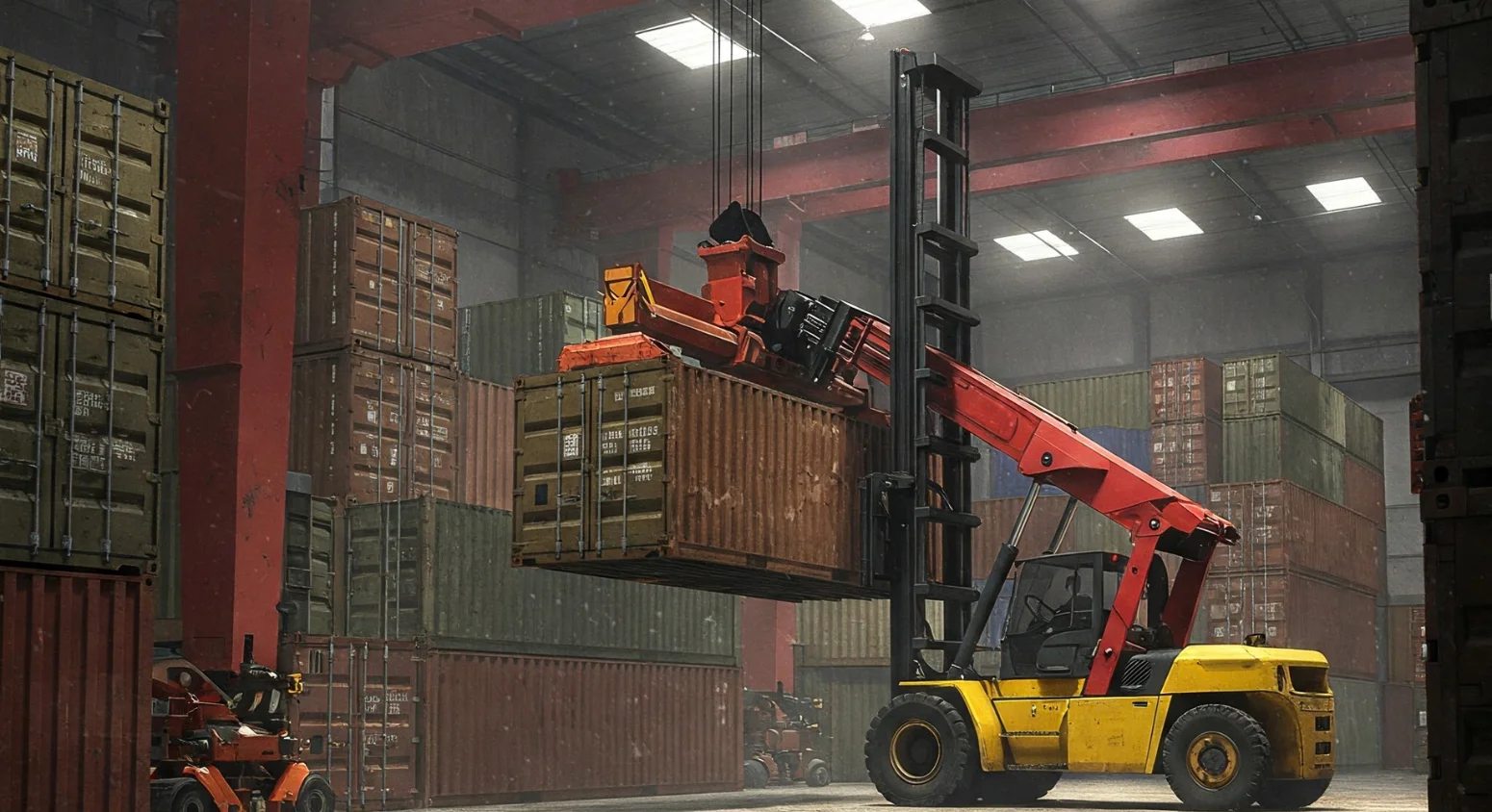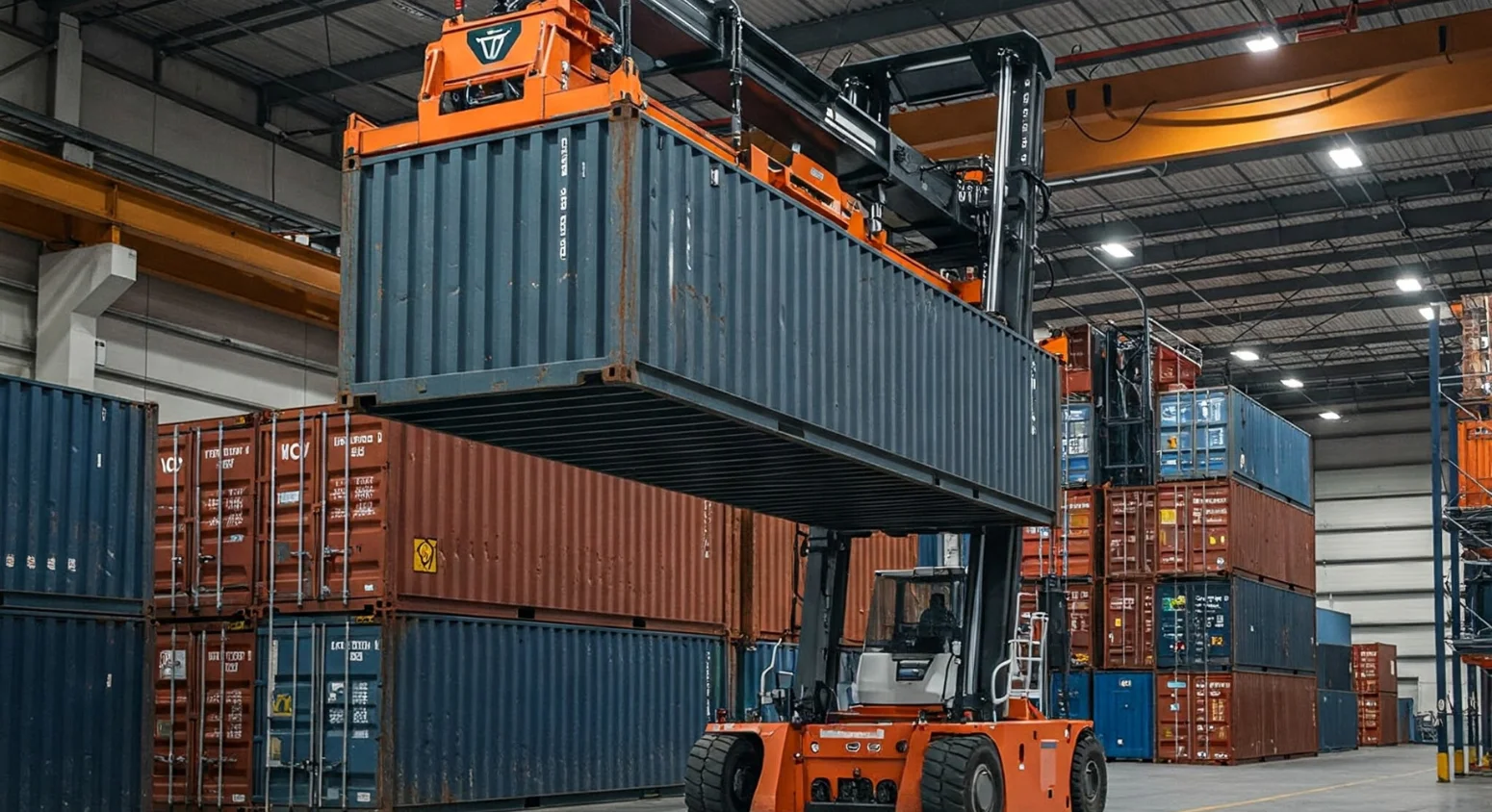Ever wondered what keeps a shipping container dolly rolling smoothly under the weight of massive loads? Not only does this maintenance keep such vital tools in running order, but it is also about safety, efficiency, and extending life.
Be it a logistics professional or a small business owner whose daily operations depend on container dollies, proper maintenance can make a world of difference.
In this blog, you’ll learn tips on how to perform routine inspections, along with professional-assisted techniques that will help keep your shipping container dolly operating at peak level.
Just the right dolly maintenance manual can provide more than a boost in the life of equipment; it reduces downtime that can’t be explained.
So let’s move on to talk about dolly wheel maintenance, among other ways to keep on rolling your way. This is the ultimate toolkit for you concerning reliable container dolly maintenance.
Key Components of a Shipping Container Dolly
Every shipping container dolly consists of components that work together to move smoothly. Knowing these components is key to maintenance and care. Let’s break down the components that need attention:
Frame and Base
The frame is the backbone of the dolly, it’s what gives it strength and stability. It can crack, rust, or bend over time with heavy use. Always check for wear on the frame to make sure it’s still strong.
Wheels and Tires
The wheels are the key to mobility and their condition affects the performance of the dolly.
- Signs of wear: Flat spots, cracks, or uneven tread.
- Maintenance tip: Keep tires inflated and replace damaged ones to avoid downtime.
Axles and Bearings
Axles and bearings are the components that make the wheels run smoothly. If not maintained they will stiffen or break under pressure.
- Problems: Grinding noise or wobbling wheels.
- Tip: Lubricate these areas often.
Coupling and Hitch
The coupling mechanism attaches the dolly to towing equipment; so it’s a critical part of safety during transport.
- Checks: All bolts and fasteners are secure. Test for smooth locking and unlocking.
Brake (If Applicable)
Some container dollies have brakes to control movement. These should be in working order for safety, especially on sloping surfaces.
- Warning signs: Low braking force or resistance.
- Tip: Test the brakes often and fix any defects immediately.
Signs of Failure
Ignoring these will result in inefficient operation or even accidents. Be on the lookout for these warning signs:
- Strange sounds e.g. squeaking or grinding.
- Low stability or tendency to lose maneuverability.
- Signs of damage, rust, or corrosion of any kind.
Now that we’ve covered all moving components, let’s make sure our dolly is in top shape. Of course, that means good habits for daily inspection and special maintenance tasks.
Seasonal Protection and Storage
Shipping container dollies need extra special care to withstand extreme weather and long-term storage. With a few simple steps, you can prevent damage and have them ready to go.
Preparing for Extreme Weather
- Rain and Humidity: Apply rust-resistant coatings, store under waterproof covers, and check for rust regularly.
- Heat and Sun: Store dollies in shaded areas and use UV protective sprays on tires.
- Cold Temperatures: Use winter-grade lubricants and make sure joints are dry to prevent freezing.
Storage Tips
- Location: Store in dry well-ventilated areas; use tarps for outdoor storage.
- Position: Place on flat surfaces and deflate tires with supports.
- Pre-Storage Checks: Clean and fix minor issues to prevent damage.
By doing this you’ll get more life out of your dollies and fewer repairs.
Common Maintenance Challenges and Solutions
Shipping container dollies can face some common issues, but with early detection and quick solutions, you can avoid costly repairs. Here are a few challenges and how to address them:
1. Alignment Issues in Dolly Wheels
- Problem: Misaligned wheels can make the dolly difficult to steer.
- Solution: Regularly check wheel alignment and replace or adjust wheels as needed.
2. Worn-Out Bearings
- Problem: Stiff or noisy bearings can impact dolly movement.
- Solution: Lubricate bearings often and replace them if worn or damaged.
3. Brake and Suspension Problems
- Problem: Faulty brakes or suspension can compromise load stability.
- Solution: Test brakes regularly and replace components as necessary.
Addressing these issues early helps ensure smooth operations and prolongs the life of your dollies.
Safety and Efficiency During Maintenance
Proper maintenance isn’t just about prolonging your dolly’s lifespan—it’s also about safety and efficiency. Here’s how to make maintenance safer and more effective:
1. Wear Protective Gear
- Use gloves, goggles, and steel-toe boots to protect against sharp edges and debris.
2. Follow Manufacturer Guidelines
- Stick to the recommended maintenance practices for safe, efficient upkeep.
Keep a Clean Workspace:
- A clutter-free area reduces the risk of accidents and helps speed up the inspection and repair process. Clear any obstacles that could cause mishaps while handling large equipment.
4. Use the Right Tools
- Always use the correct tools to avoid damage and ensure precise repairs.
5. Schedule Maintenance During Downtime
- Perform maintenance during non-peak hours for thorough, unrushed inspections.
By focusing on safety and planning efficiently, you’ll keep your dollies in top shape while protecting your team and equipment
Maintenance Schedule and Record-Keeping
A regular maintenance schedule and record-keeping keeping is key to extending the life of your shipping container dollies. Here’s how to stay on track:
1. Maintenance Schedule
- Inspections: Schedule monthly or quarterly for wheels, bearings and frame.
- Lubrication: Lubricate moving components every 3-6 months or more often with heavy use.
- Replacements: Replace worn components asap to prevent further damage.
2. Logging Inspections and Repairs
- Logs: Log inspections and any issues found.
- Repair Log: Record repairs, components replaced, and work done for future reference.
- Cost Log: Track maintenance costs for better budgeting.
By doing regular and logging you’ll stay ahead of maintenance.
Conclusion
Keeping your shipping container dollies might seem like a small thing but it’s big in terms of efficiency, safety and longevity. Fixing issues early with maintenance can save you from costly repairs and downtime.
From inspecting critical components to lubricating moving components and storing your dollies for seasonal protection, every little bit counts. By doing so you can improve your equipment and avoid disruptions to your business.
So are you ready to put a maintenance plan in place for your dollies? With a bit of effort, you’ll extend their life, improve efficiency, and have hassle-free operations. Prioritise maintenance today and your dollies will be reliable and ready to go.
Frequently Asked Question
1. How often should I check my shipping container dolly?
Check your dolly every 1-3 months or more often if you use it heavily. Regular checks will help you catch problems before they become big repairs.
2. How do I prevent rust on my dolly?
Clean your dolly regularly and apply rust-resistant coatings. Store it in a dry area and keep it away from moisture and extreme weather.
3. What do I do if my dolly wheels are out of alignment?
If your wheels are out of alignment, check the axle and the wheel mounts. Realign the wheels or replace any damaged components to make it move smoothly.
4. How do I make my dolly’s wheels last longer?
Lube them properly, check for wear and tear, and replace them when needed. Clean regularly and don’t overload.



